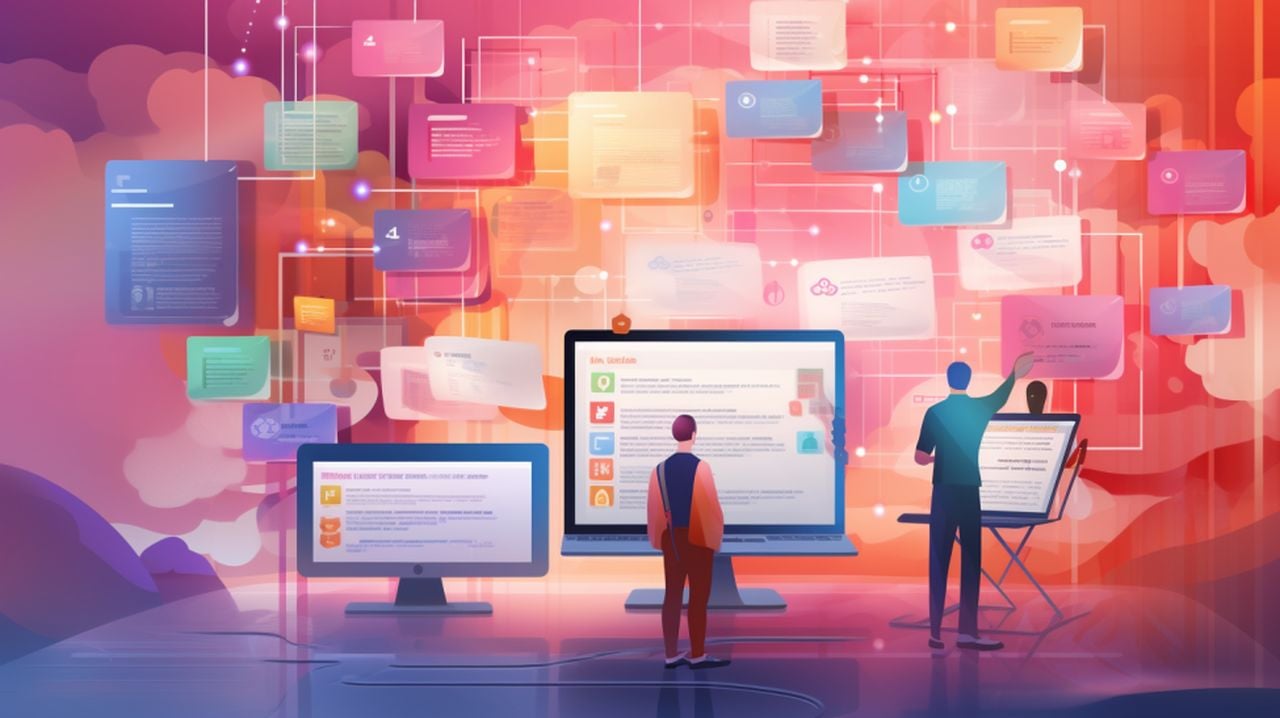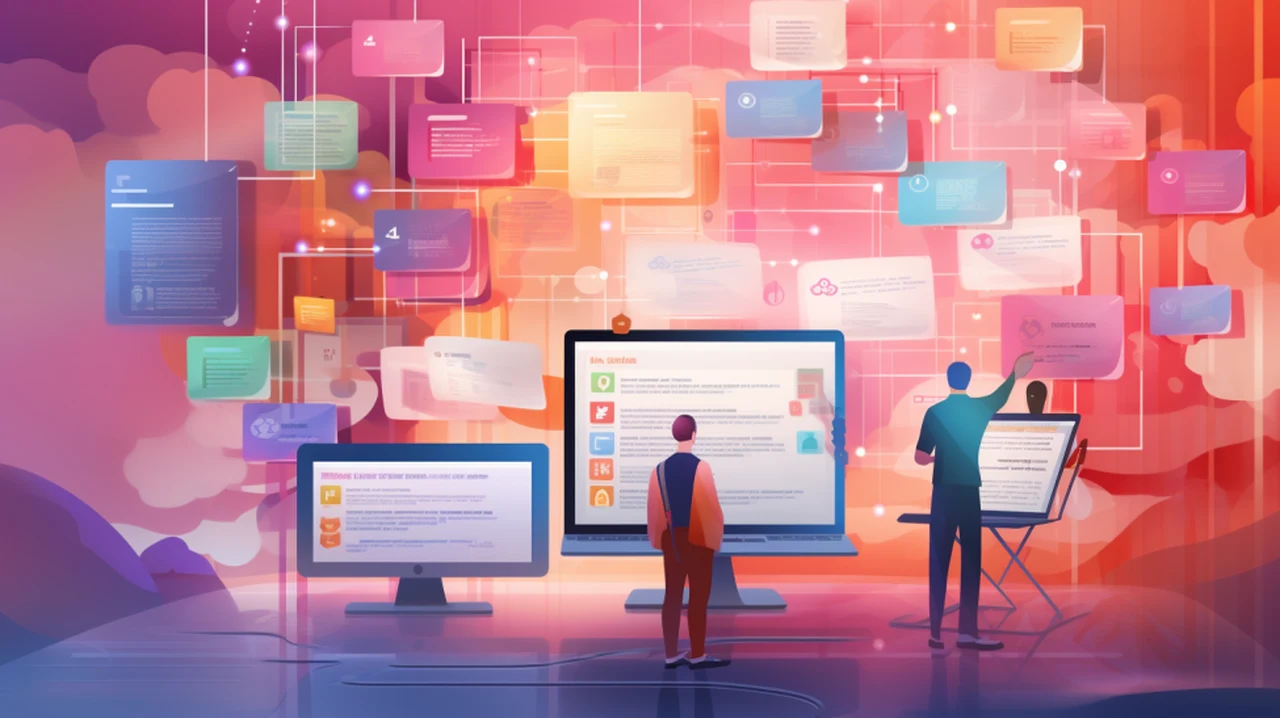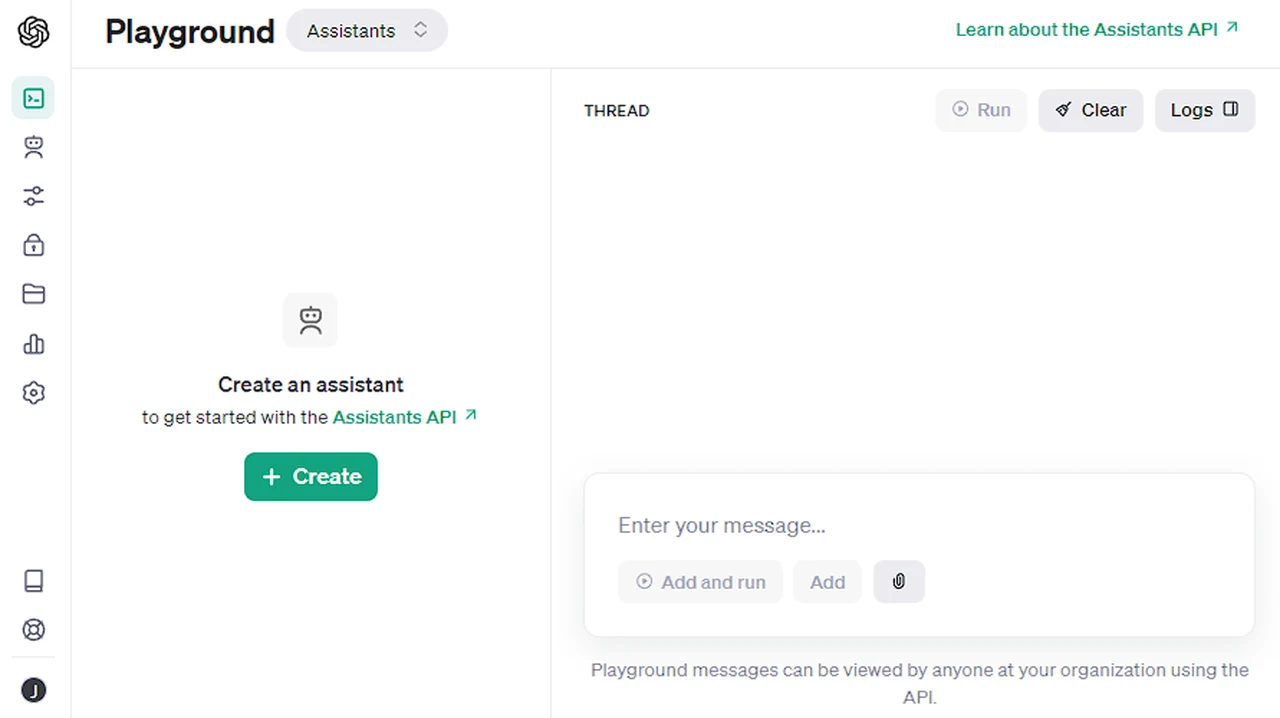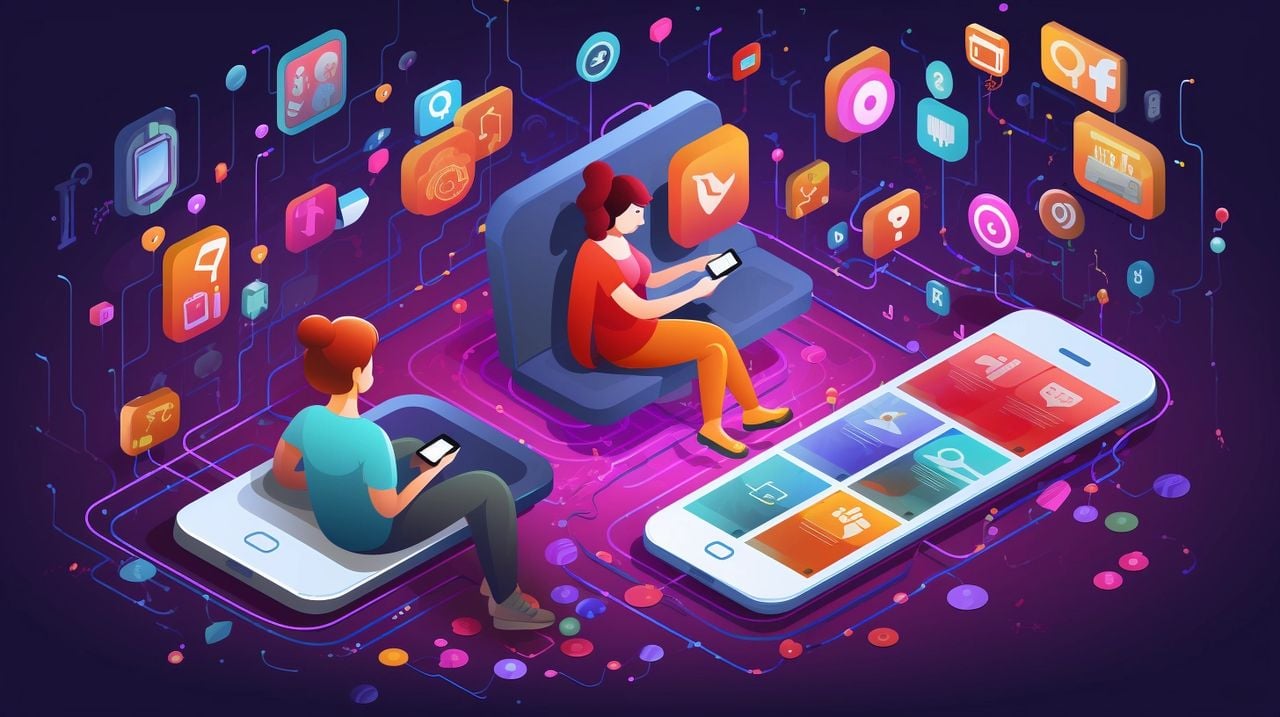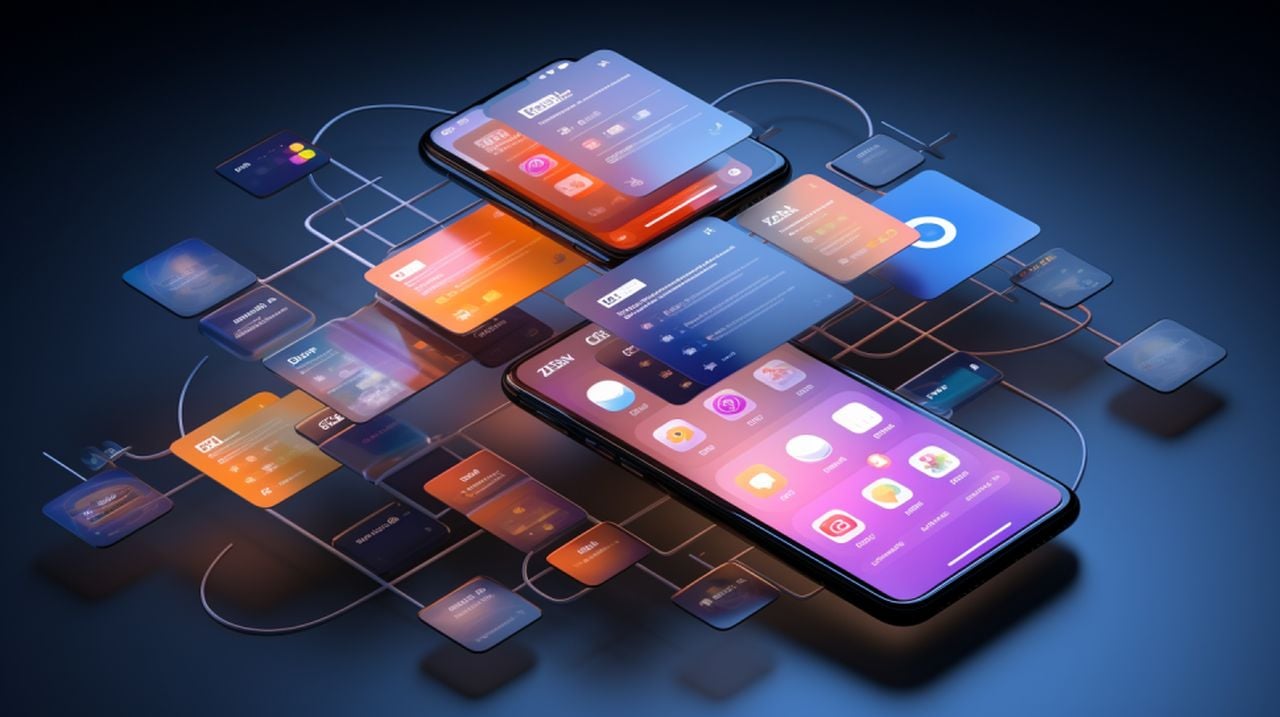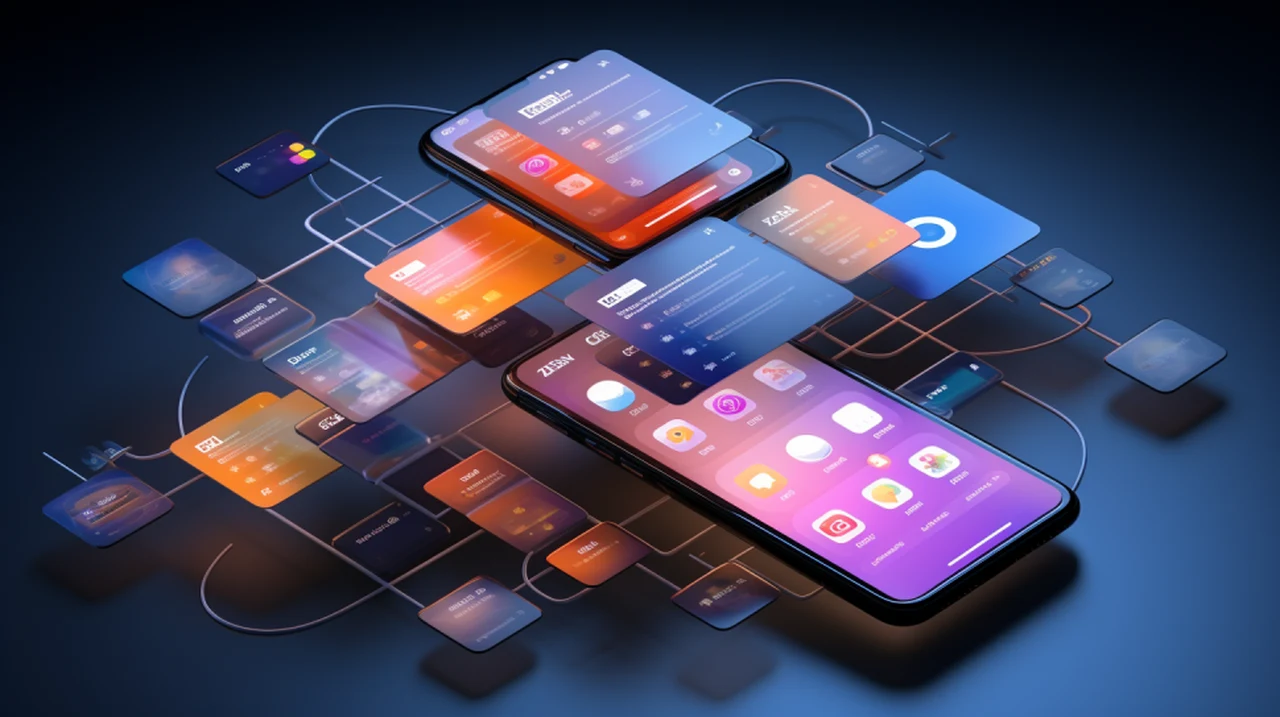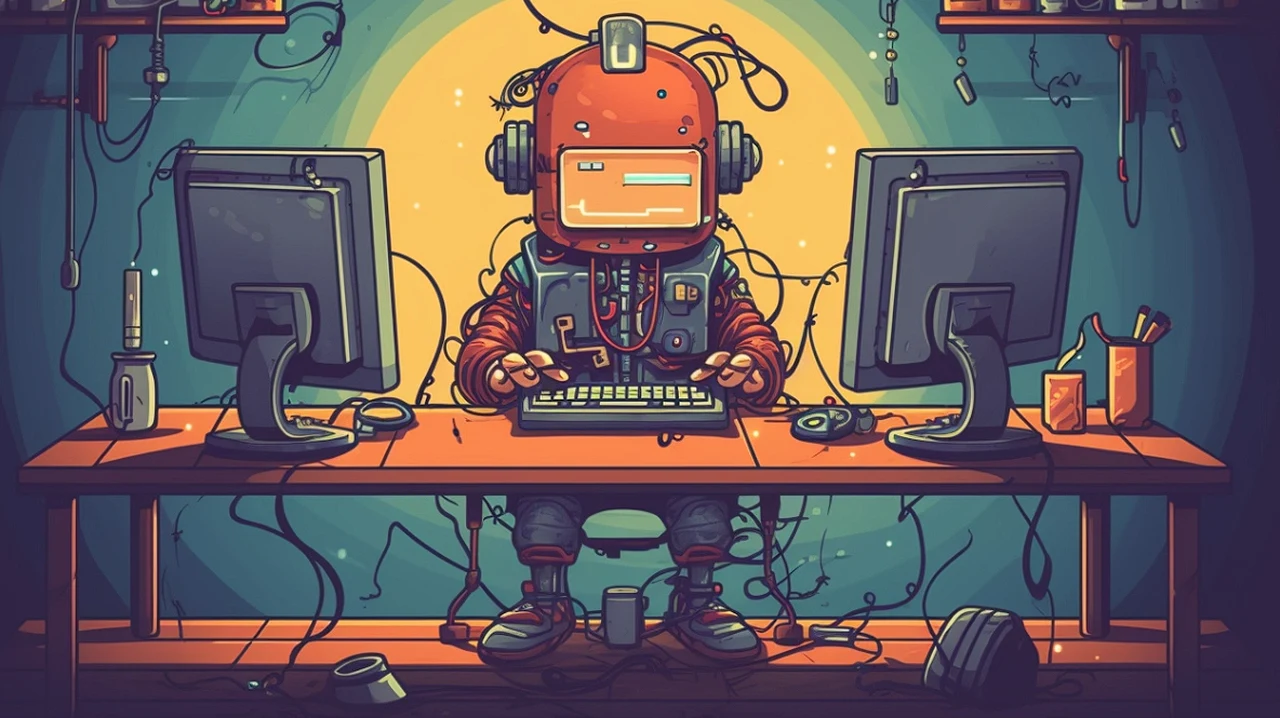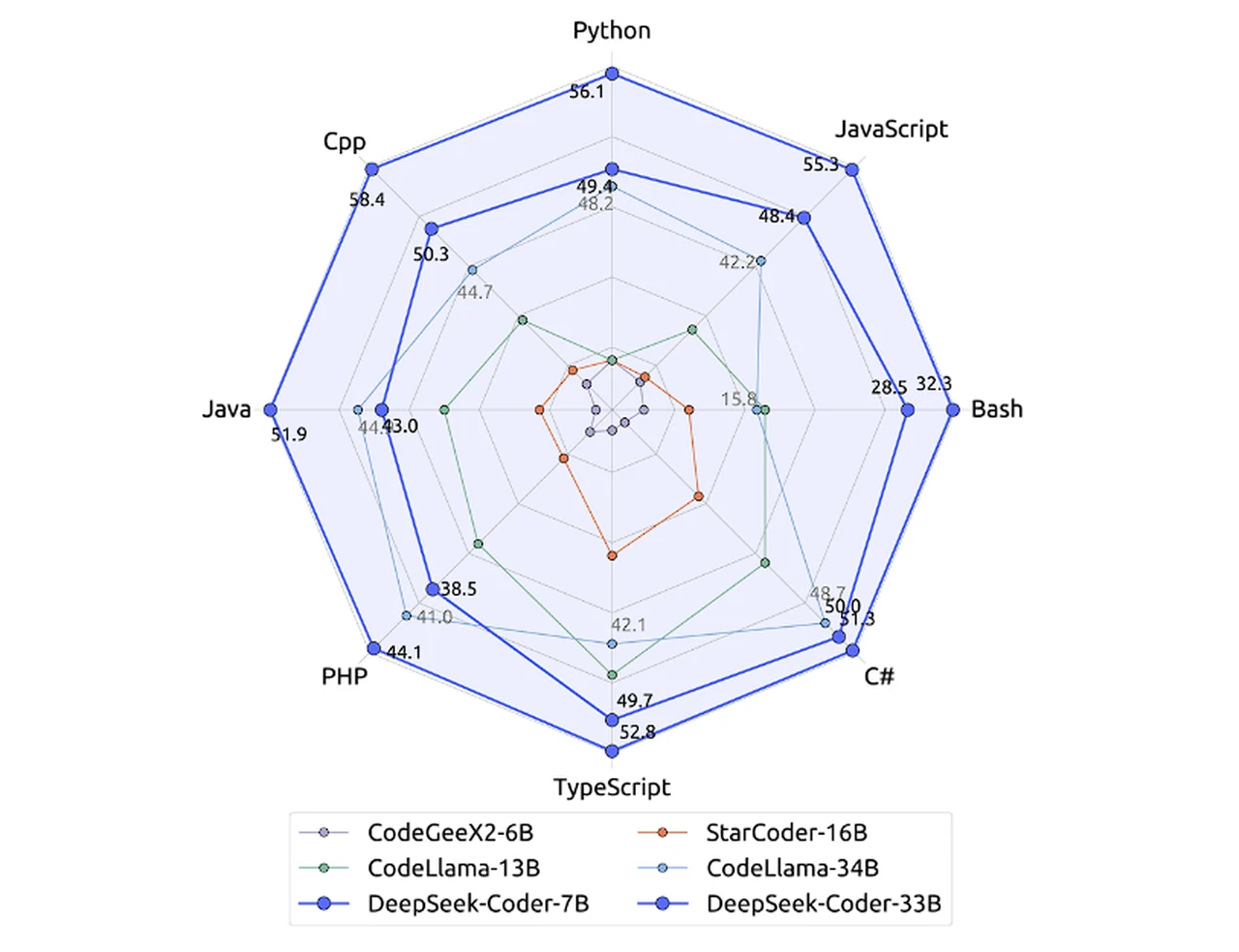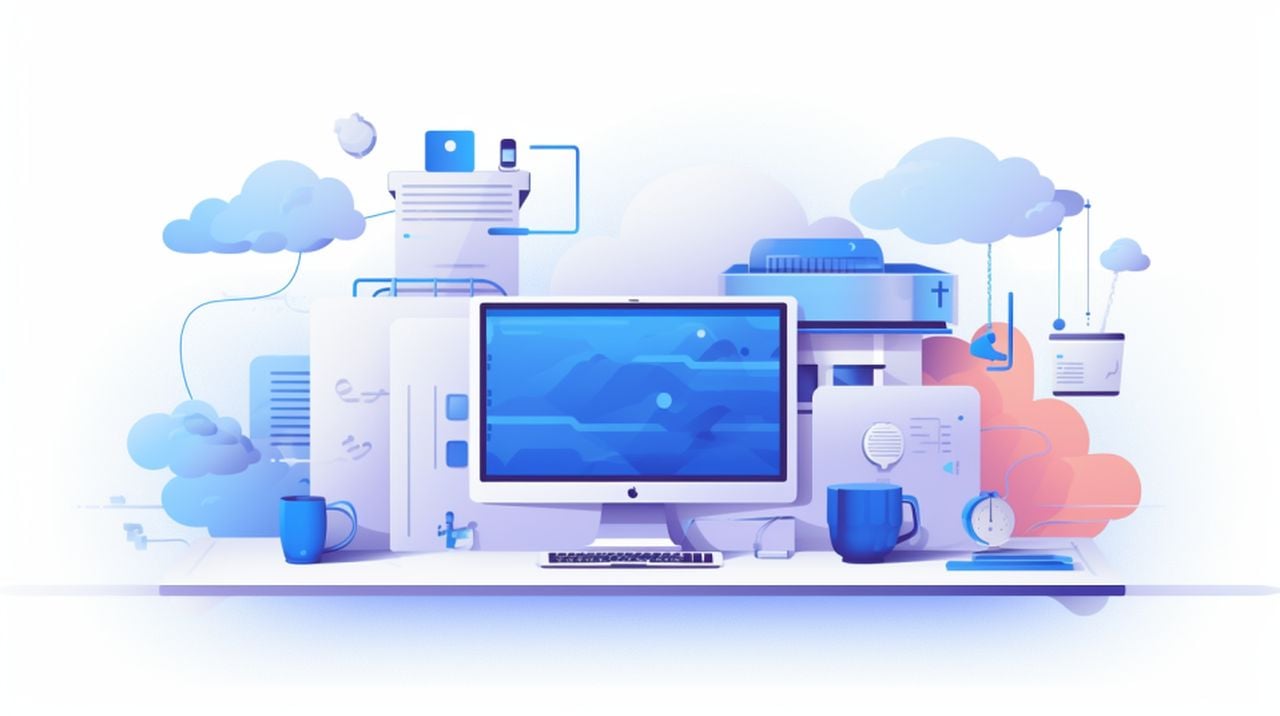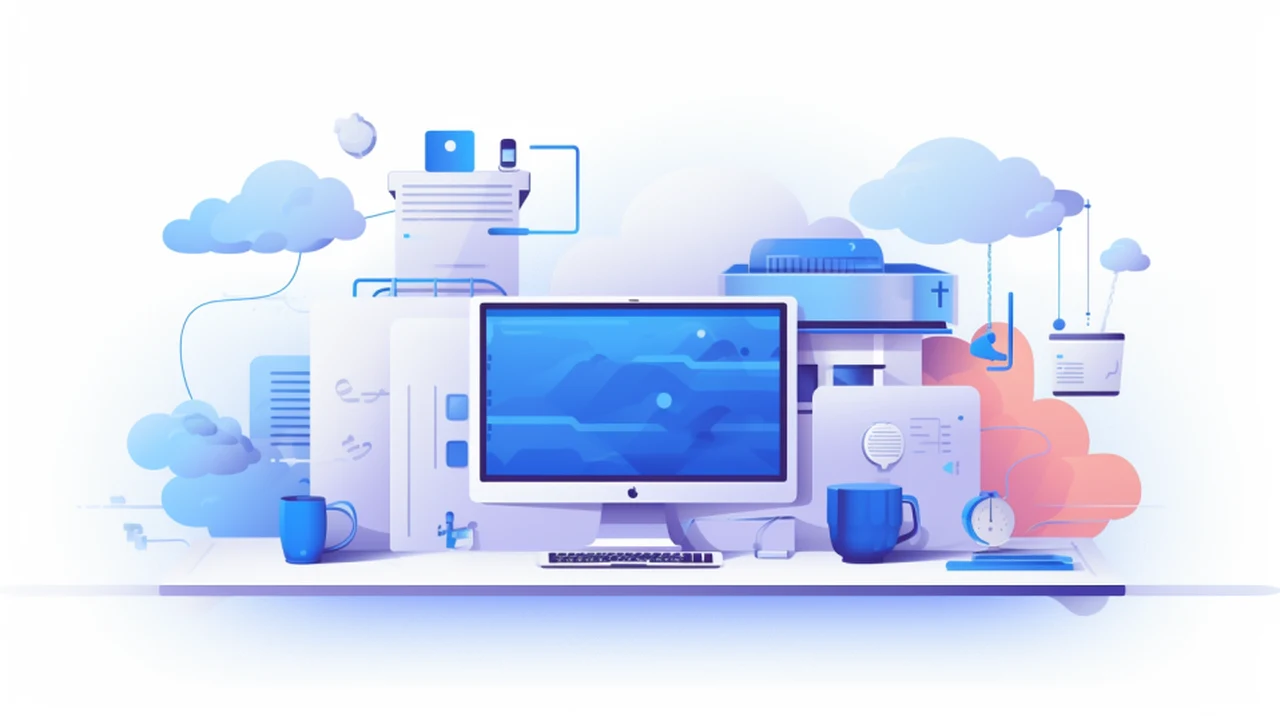
The new and soon-to-be-released AI Pin by Humane offers users a world where your voice and gestures are the keys to unlocking a seamless digital experience. A team of developers, who once worked at Apple, have designed a new wearable AI system that promises to make this vision a reality. This innovative Ai Pin by Humane is designed to be your constant digital companion, responding to your spoken words and subtle movements, breaking down language barriers, and even keeping track of your diet.
At the heart of this new AI Pin by Humane technology is a voice-activated AI device that’s about to change the way you interact with the digital world. The creators, with their rich history in Silicon Valley, have not just built a gadget but have taken a significant step towards a more intuitive future. They’ve focused on making the device user-friendly, aiming to simplify your life by integrating various applications and reducing your reliance on your smartphone. The Pin by Humane price will be $699 with a $24 monthly subscription.
Humane Ai Pin
The way you control this device is what sets it apart. You can speak to it, and it listens, or you can gesture, and it responds. This hands-free interaction is the cornerstone of the wearable AI, offering you the convenience of operating it without ever needing to touch a screen. The voice command feature is designed for ease of use, while the gesture-based control adds a layer of accessibility that’s hard to find in current technology.
Wearable AI assistant
One of the standout features of the AI Pin by Humane is its ability to translate languages in real-time. Imagine having a conversation with someone who speaks a different language, and there’s no awkward pause, no reaching for a phone to type into a translation app. This device aims to make such interactions fluid and natural. At the same time, it’s like having a personal nutritionist with you at all times, monitoring your eating habits and offering advice on healthier choices.
The impact of this device extends to how you shop online. With simple voice commands or gestures, you can browse and purchase items from around the world. This convenience is impressive, but it also raises questions about the effect on local businesses. As international shopping becomes easier, what happens to the small shops and retailers in your neighborhood? You might be curious about the technology that powers this wearable AI. It’s rumored to run on a custom operating system, crafted specifically to bring out the best in its unique features. As for the price, it’s expected to be in the range of $700-$800, positioning it as a premium product in the wearable tech market.
Humane Ai wearable
Looking ahead, the potential for AI integration into eyewear is immense. The idea of AI-enabled contact lenses and glasses could change how you see the world, both literally and figuratively. This wearable AI system is just the beginning, paving the way for future innovations that could become as common as the smartphone in your pocket. As you consider how this device could fit into your daily life, weighing the benefits against any concerns, the conversation around wearable AI technology is growing. There’s a series of discussions on the horizon that will delve into the nuances and future directions of wearable AI.
Why the Humane Ai Pin might not work
The wearable AI system created by the former Apple team is a bridge between convenience and advanced technology. It invites you to reimagine your interaction with the digital world, signaling a future where your voice and movements open up a personalized digital experience. Like any pioneering technology, it brings with it a range of questions and possibilities that will shape the debate on AI’s role in our everyday lives.
This new wearable AI Pin by Humane is more than just a gadget; it’s a testament to the ingenuity of its creators and a hint at the potential of technology to enhance our lives in ways we’re just beginning to explore. Whether it’s making international communication effortless or helping you make healthier food choices, this device is poised to become an integral part of your life. And as we stand on the brink of this technological evolution, it’s clear that the way we interact with our devices and the world around us is about to change in profound ways.
Filed Under: Design News, Top News
Latest timeswonderful Deals
Disclosure: Some of our articles include affiliate links. If you buy something through one of these links, timeswonderful may earn an affiliate commission. Learn about our Disclosure Policy.

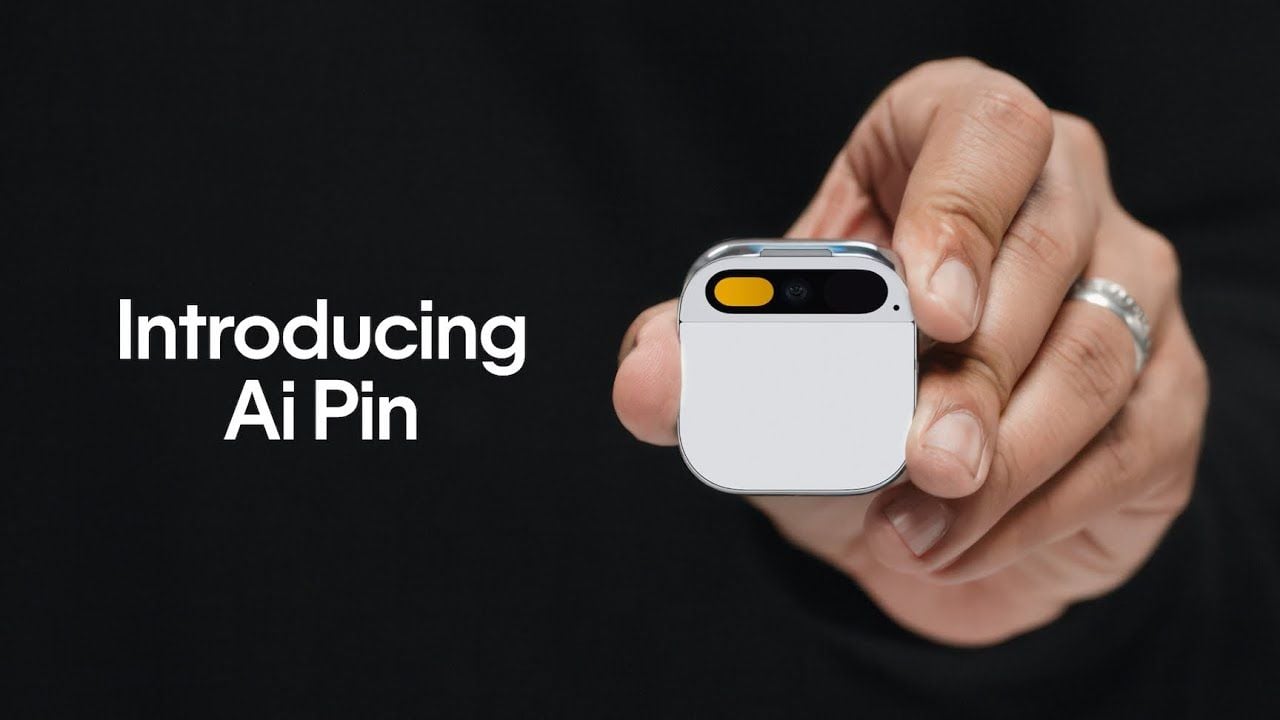
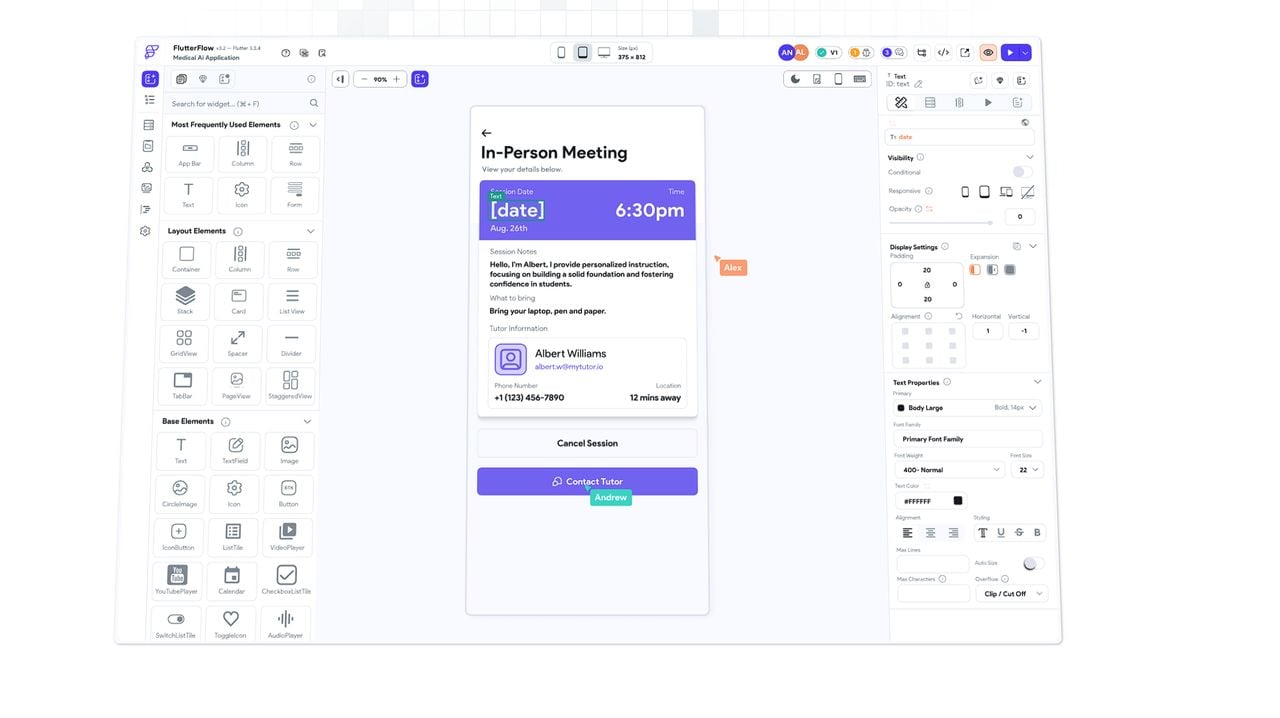
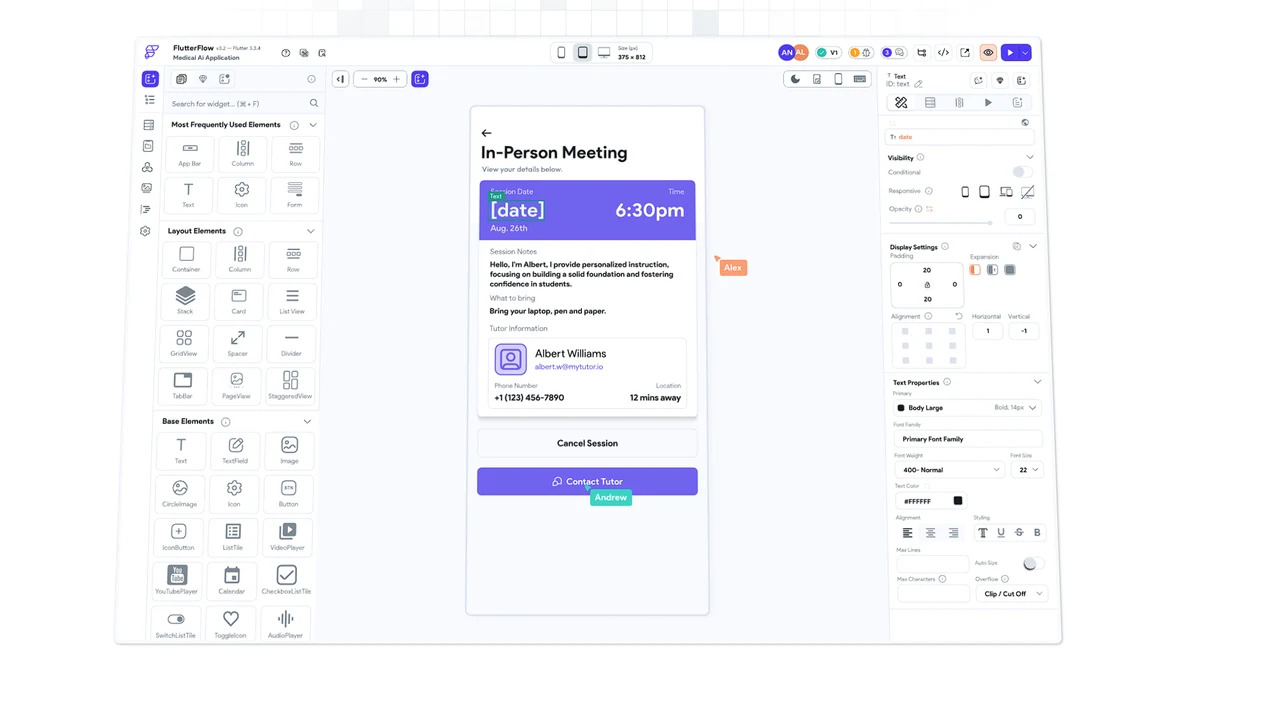 Venturing into the realm of artificial intelligence can be a somewhat daunting yet thrilling experience, particularly when it involves the creation of a personalized AI assistants, that can help you manage your mundane daily tasks. OpenAI’s latest offerings provide a powerful platform that allows you to tailor an AI assistant to meet your specific needs. This guide will take you through the entire process using the OpenAI Assistant API and the online building platform that allows you to create amazing user interfaces FlutterFlow.
Venturing into the realm of artificial intelligence can be a somewhat daunting yet thrilling experience, particularly when it involves the creation of a personalized AI assistants, that can help you manage your mundane daily tasks. OpenAI’s latest offerings provide a powerful platform that allows you to tailor an AI assistant to meet your specific needs. This guide will take you through the entire process using the OpenAI Assistant API and the online building platform that allows you to create amazing user interfaces FlutterFlow.

